Should You Really Invest Your Money in the Art Market? Here’s What You Need to Know
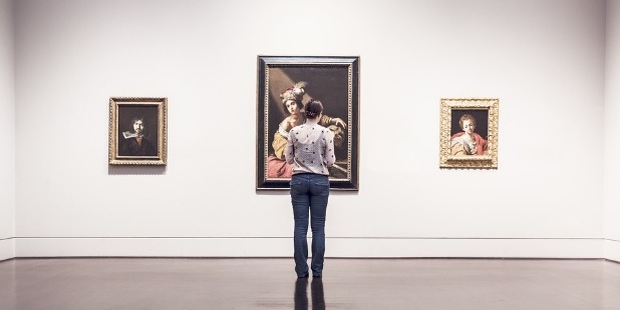
People who managed to acquire a considerable amount of wealth after years of dedicated work tend to invest their hard-earned fortunes on various things. Some people like to invest in real estate while others may choose to invest in startup businesses, with both options giving individuals the opportunity to see their money grow depending on the performance of their chosen field. But there is one other niche that successful people choose to invest their money into, and that field is the highly lucrative yet totally mercurial art market.
Most people might dismiss the purchasing of art as frivolous, but to those who are savvy enough and are well-informed about the world of art, it can actually be a wise investment when done the right way. And the best thing about investing in art is that there is a broad range of stylistic disciplines that one can choose from depending on the personal preferences of the individual. Some people could go for the more classic items such as paintings or sculptures, while others may choose more unconventional pieces such as video installations, avant-garde works, or even street art.
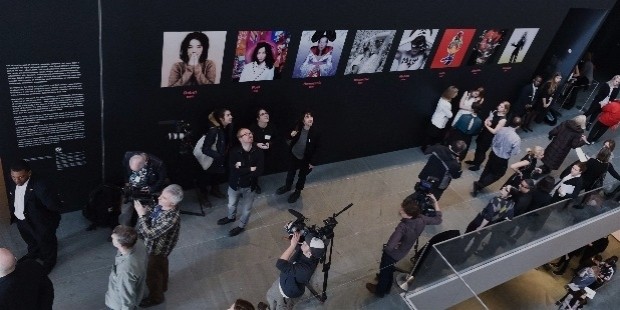
If you’re deeply curious or interested about dipping your toes into this well-known but less ventured territory, then you should know that there’s more to buying art than just going to a gallery or auction house and placing the highest bid on the pieces up for grabs. Much like investing in real estate properties or anything with a really high price tag attached to it, one should be intelligent and prudent enough to dabble in the art market. That being said, here are some important things you need to consider when making valuable art investments.
Pay attention to contemporary art
For many seasoned investors and collectors of art, they know that looking at the more historical or classical periods is an obvious choice and one that doesn’t present any exciting risks. In fact, they prefer to keep their fingers on the pulse of contemporary artist, as this is where major league high-rollers come to play. To the uninitiated, the most basic definition of contemporary art is artistic pieces made in the present day and produced by artists who are frequently abreast of the issues and situations facing contemporary society today.
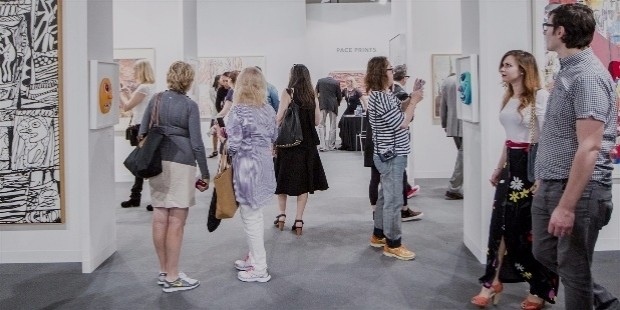
Many art galleries and auction houses around the world showcase a broad selection of contemporary art pieces from in-demand artists, so you’d do well to attend exhibits or events from such places whenever they announce contemporary artworks being presented. And although the market for this art movement is very competitive and volatile, it will give you insight as to how the movers and shakers of the business operations, and thereby providing you with ideas on how to proceed when you decide to buy or invest in art.
Keep an eye out for emerging artists
Similar to how the fashion and tech worlds operate, the art market is always on the lookout for the next generation of creative stars. Because of this, both collectors and dealers are frequently on the prowl in the hopes of finding the next big thing to shake up and make headlines in the art world. This is why many people tend to place bets on emerging artists from across various artistic disciplines because once an up-and-coming artist starts to generate good buzz, then the value of that artist’s work will surely increase over time.

While it’s normal to buy or invest in art from an established artist or one who’s already deceased, you’d get much more mileage in the long run if you snap up some choice pieces from someone who isn’t yet a major name in the business, but has the strong potential to become a major art superstar that can command huge prices for his or her artwork. So if you happen to stumble upon an artist whose star is quickly making its way on the ascendant, then you should make a move before the prices start to change significantly.
Diversify your art collection
Diversity is very important when trying to amass an impressive art collection that you’d want to sell off for a nice profit someday. And diversity is something that seasoned veterans of the art market are very aware of since they understand the value of keeping options open when looking for new pieces to be included in a carefully curated private collection. Sure, you may have your personal preferences, but it wouldn’t hurt you to explore the possibilities that are out there which could broaden your horizons.
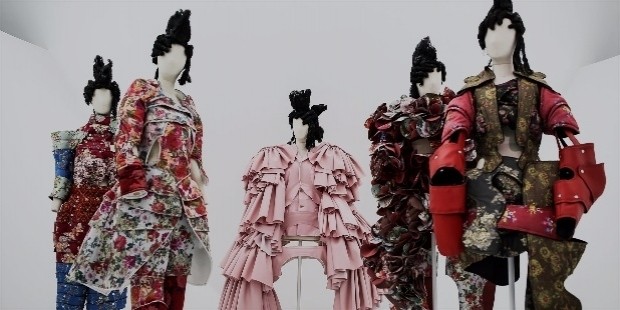
For instance: if you frequently collect classical or modernist sculptures, then a great way to branch off from that would be to find exclusive haute couture fashion pieces that are worthy of displaying in a museum (as with the visionary avant-garde designs of Rei Kawakubo for Comme des Garçons at the Metropolitan Museum of Art’s Costume Institute, pictured above). When you are brave enough to step outside of your comfort zone, you’ll soon discover that diversifying your art collection is a wise strategic move on your part.
Always think about the resale value
A huge part of the reason why a lot of ultra-high-net-worth people tend to buy art is that they intend to resell some—if not most—of the pieces in their private collections for several times the price than when they originally bought them. But the prices of various art items are, of course, always subject to the trends of the market, and so collectors and dealers are very careful to sell pieces at opportune moments. As such, you should always bear in mind to buy art by thinking ahead and determining its potential resale value.

Buyers who’ve been in the business for a long time have this down to an art form, and they know never to buy anything—not even from the big-name mainstream artists of the moment—if they know that several years down the line, the piece in question won’t give them a high return on investment when it is eventually sold or put up for auction. While quality, style, and provenance are the key factors in choosing a worthy art piece, one should not forget to consider resale potential and longevity when making effective investment decisions.
Get second opinions from experts
Many people who have recently acquired their wealth and are completely unfamiliar with how the art market works tend to seek the services of a respected art dealer, curator, gallerist, historian, or critic in the business. That’s because the various professionals working in the realm of art who aren’t actual artists themselves understand the complex ins and outs of the industry, and are always updated on what is trending and what not to get when people want to invest in only the finest art pieces possible that’s worth their money.
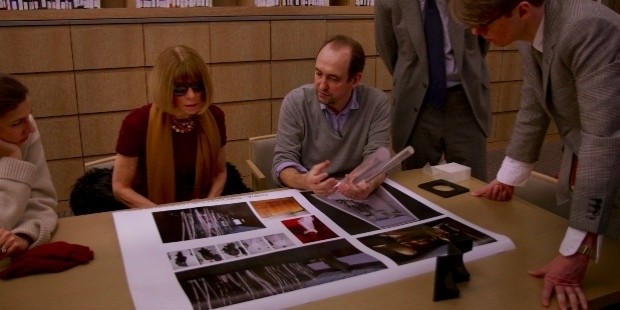
If you intend on making sound decisions pertaining to art investments, then it would be in your best interests to seek counsel from art experts who know more than a thing or two about the art market. Asking for their advice and opinions will allow you to learn all there is to know as you gradually explore the field of art. Additionally, their expertise will prove to be beneficial since they could introduce you to other art buyers, collectors, and investors who would be more than happy to help you out in expanding your personal collection.









